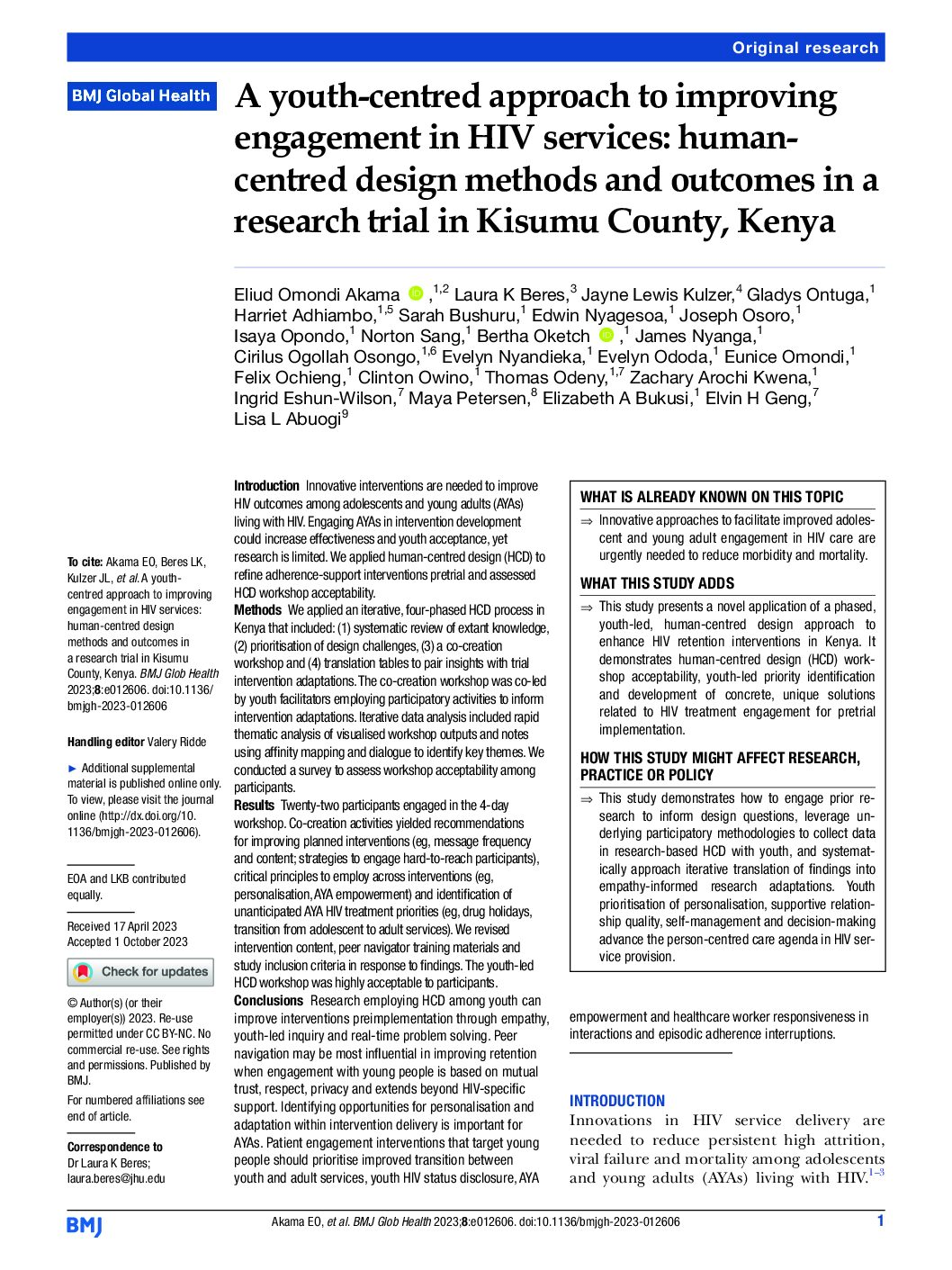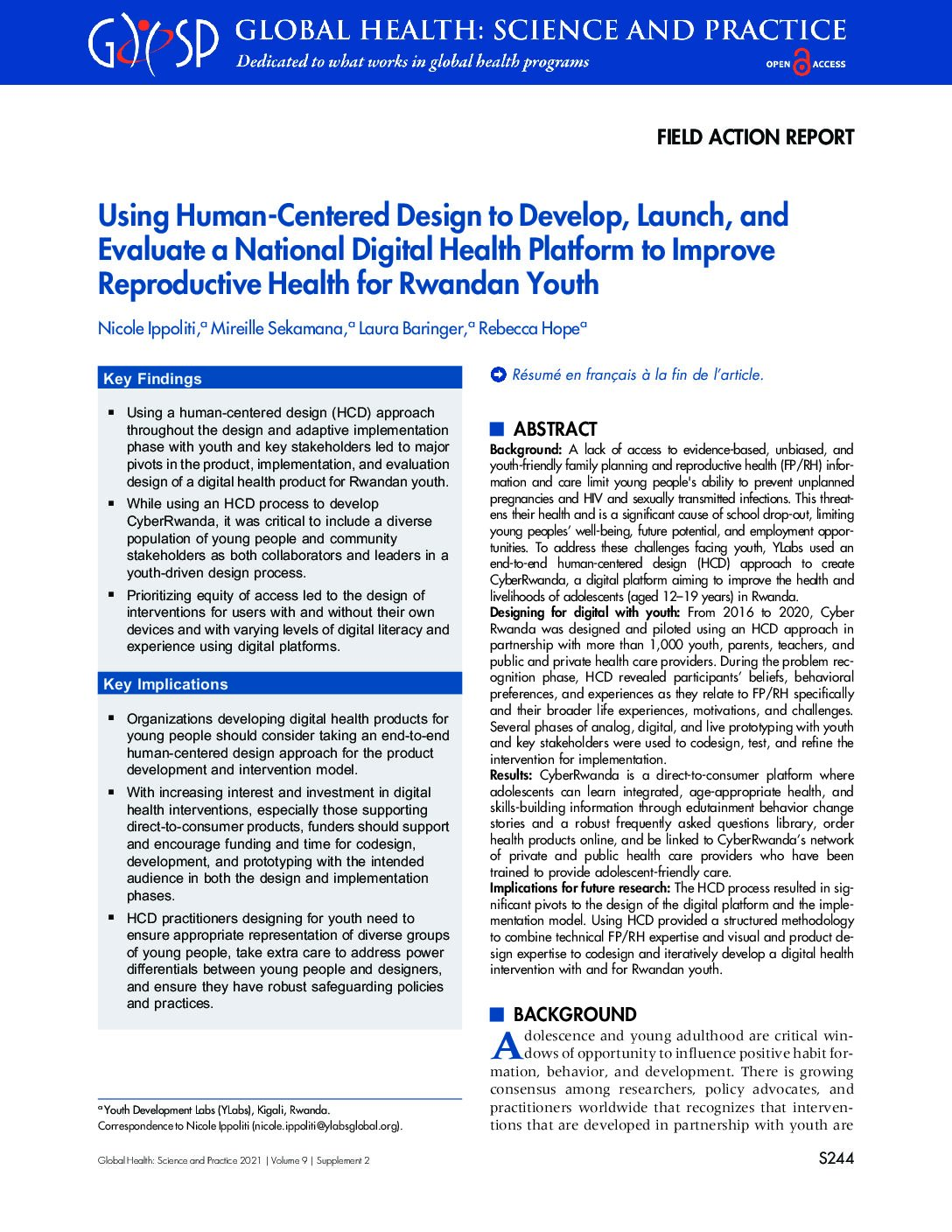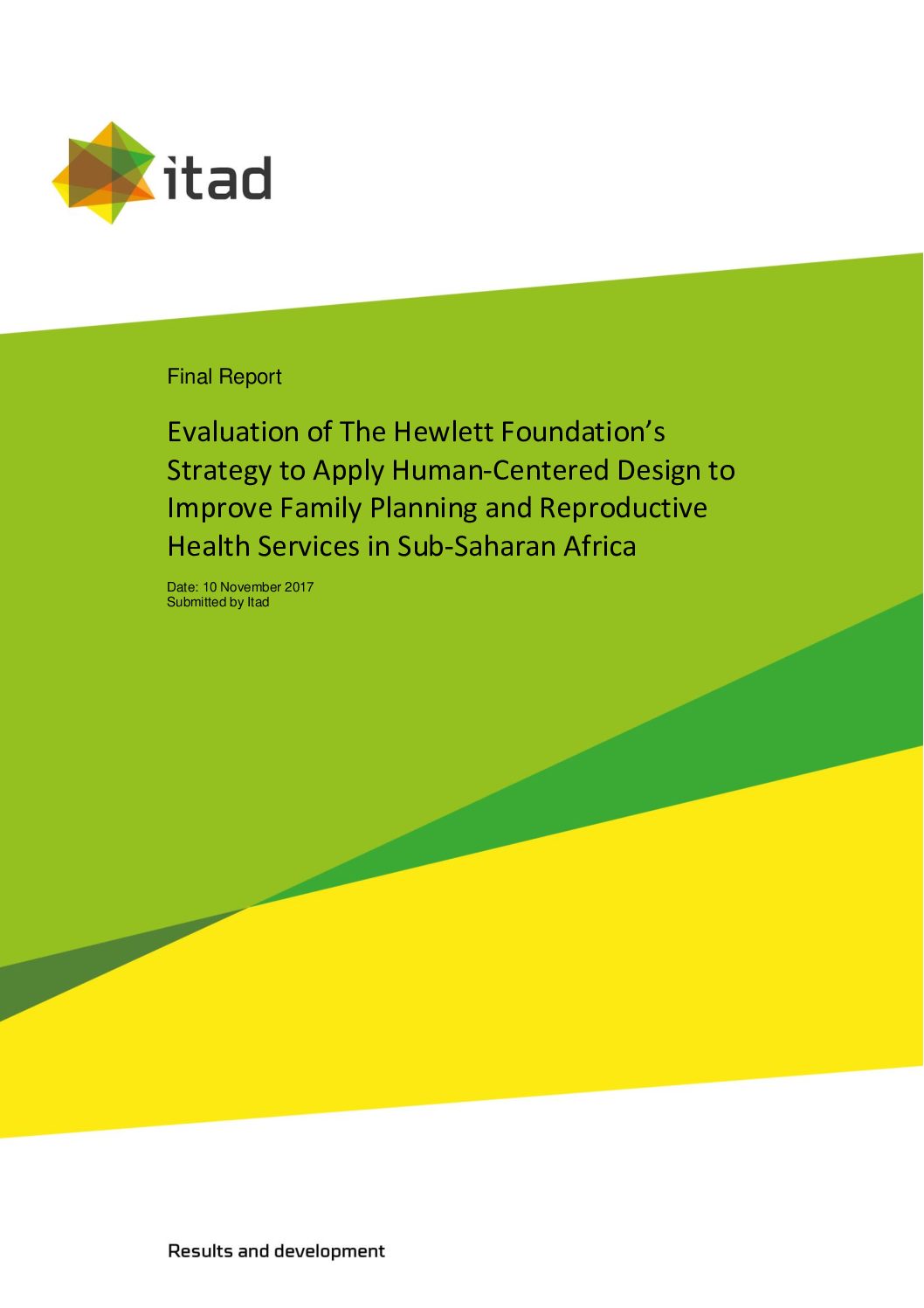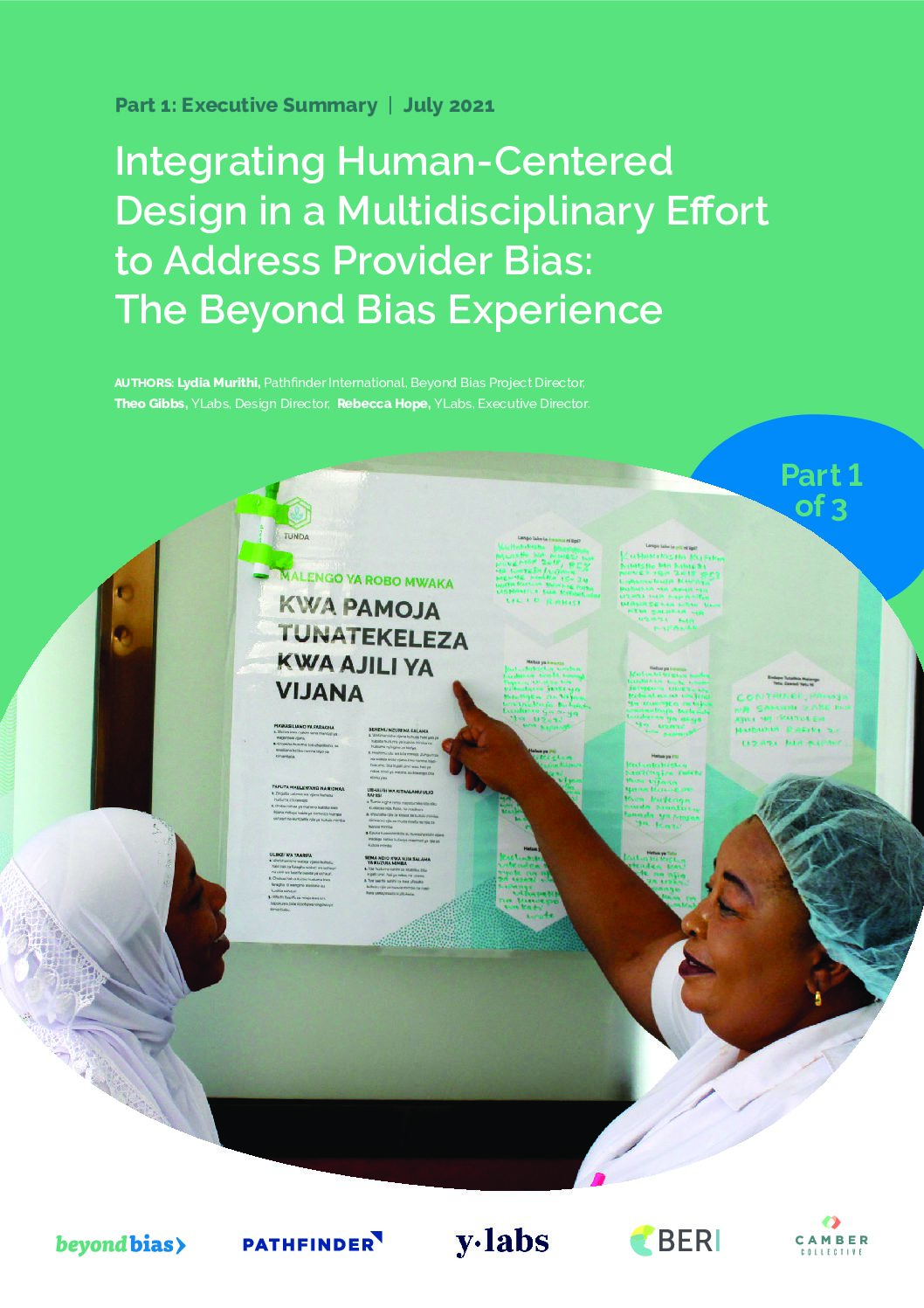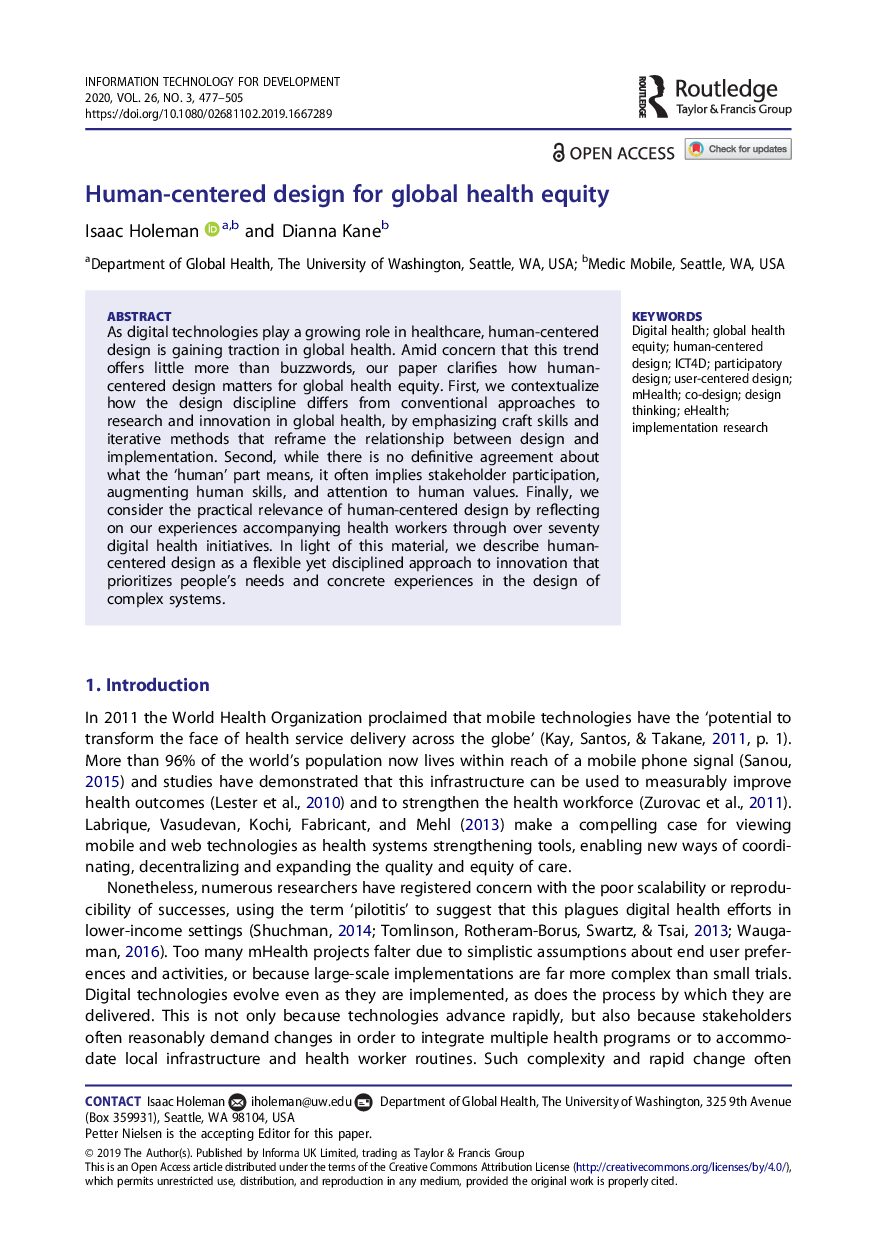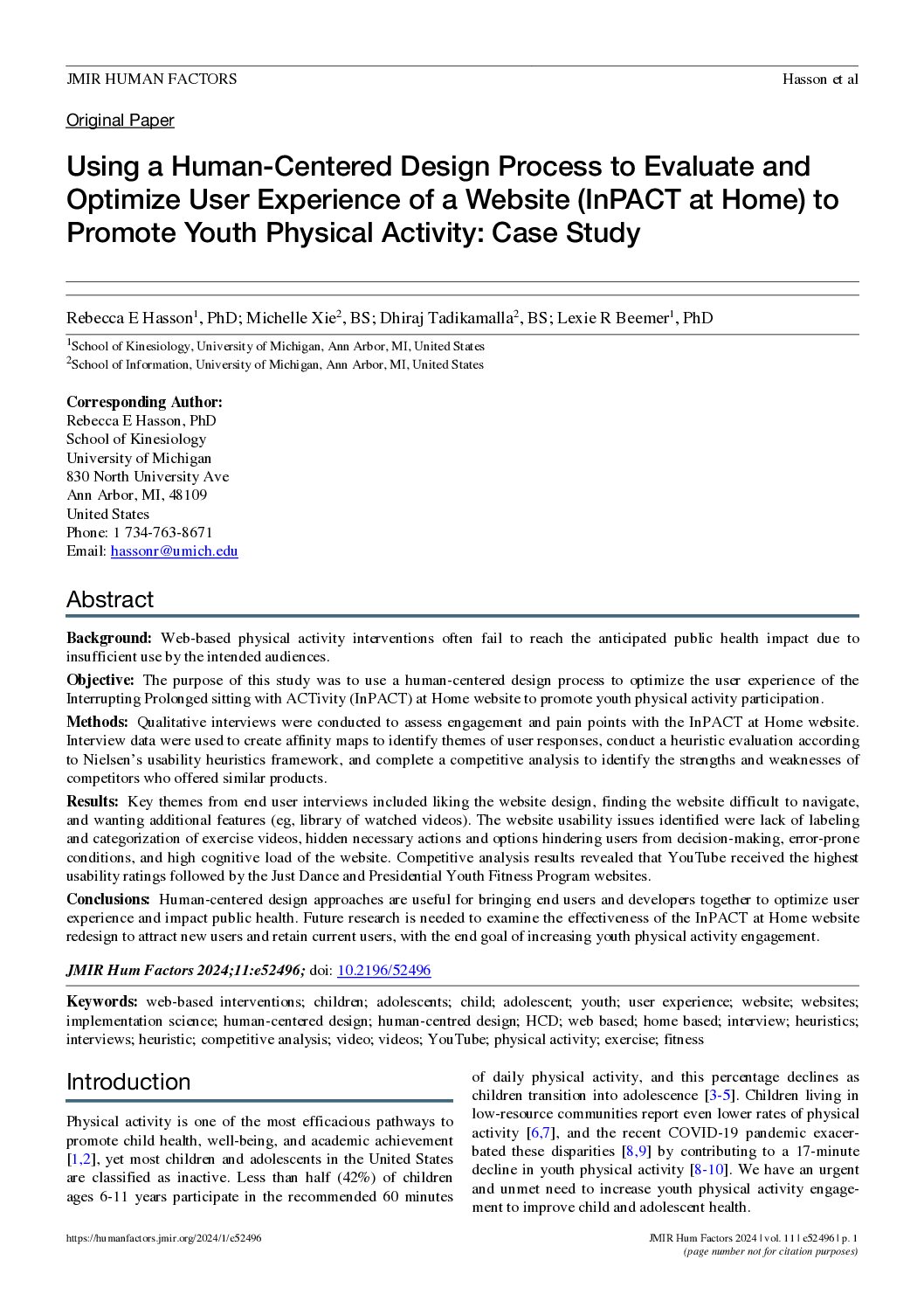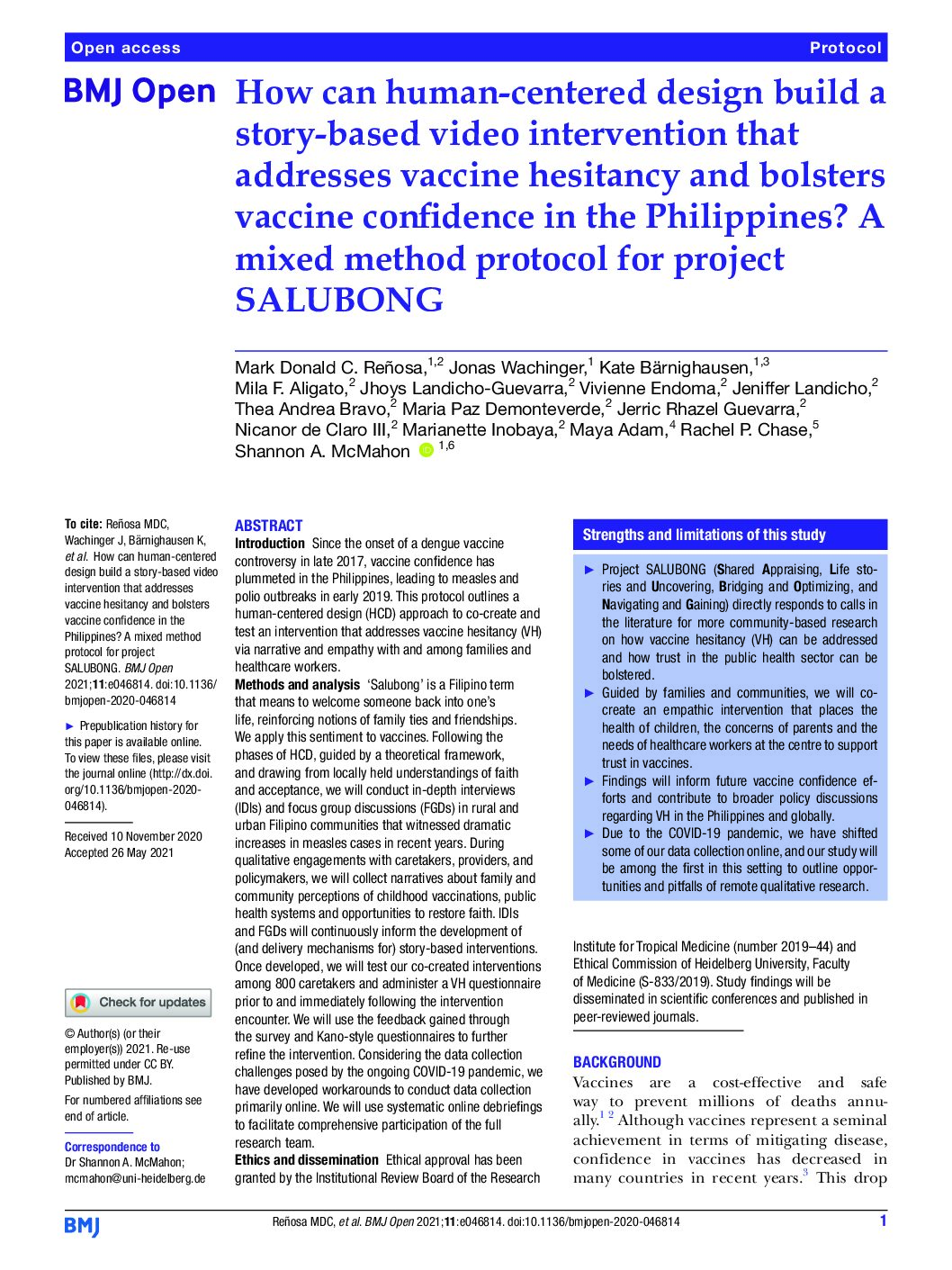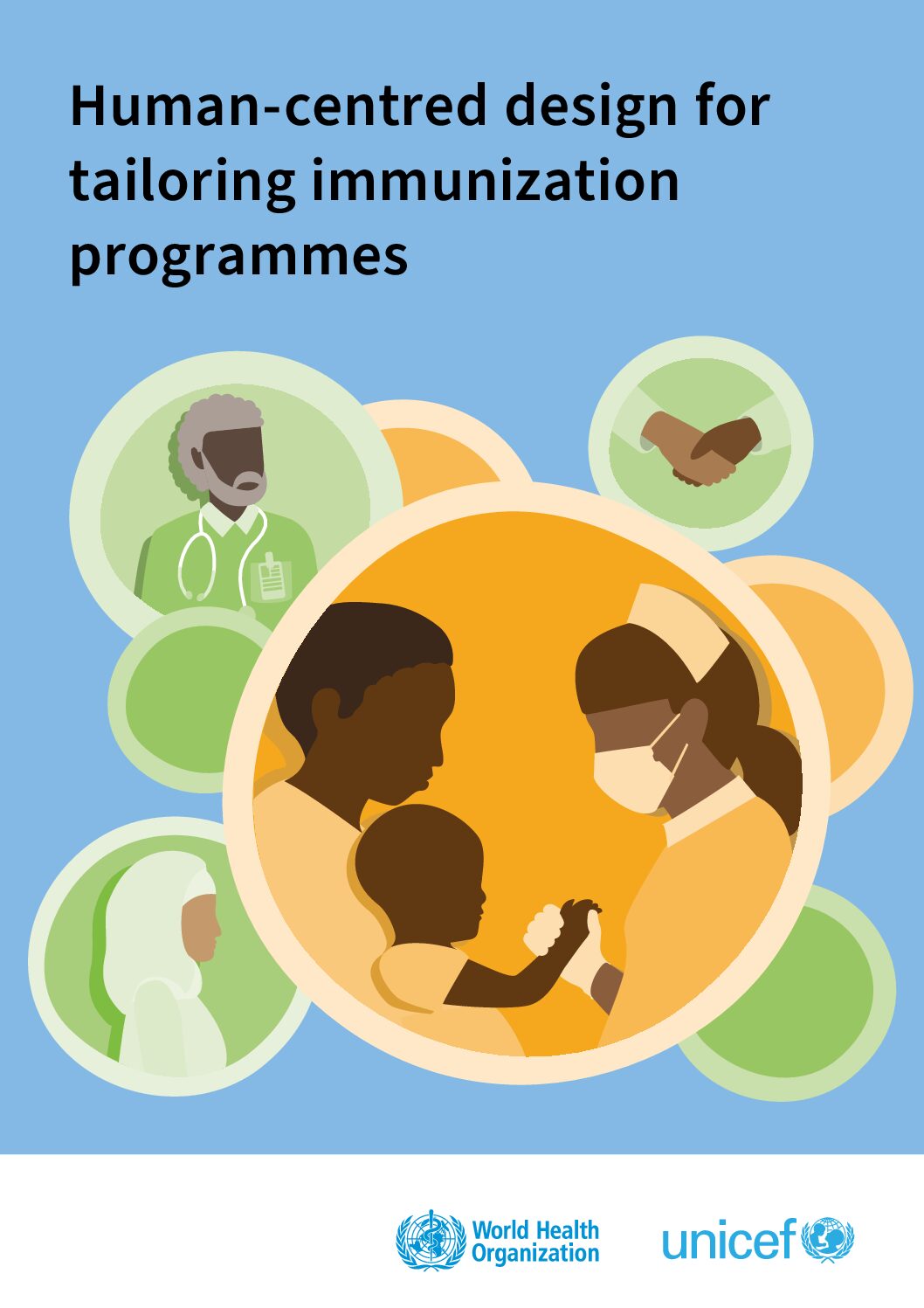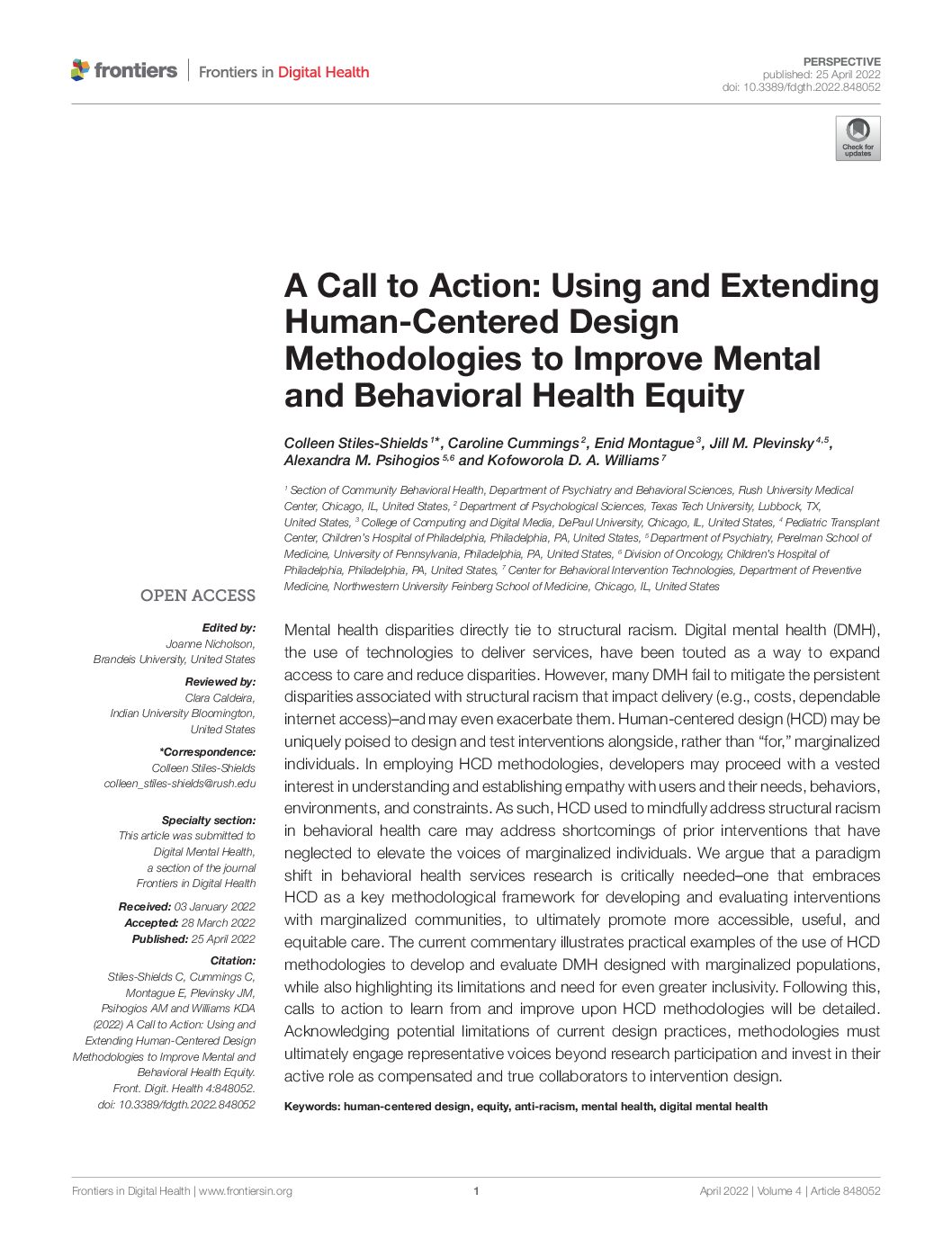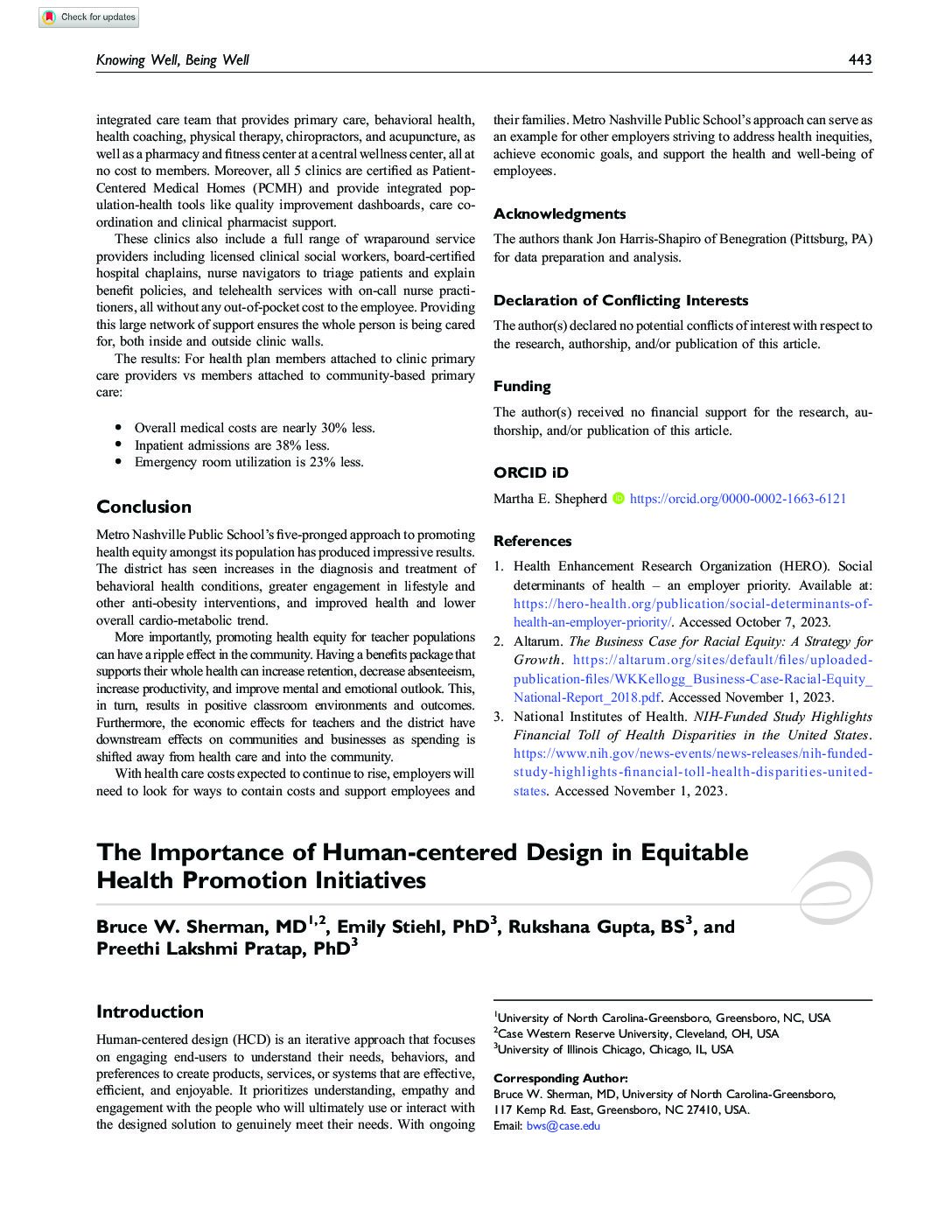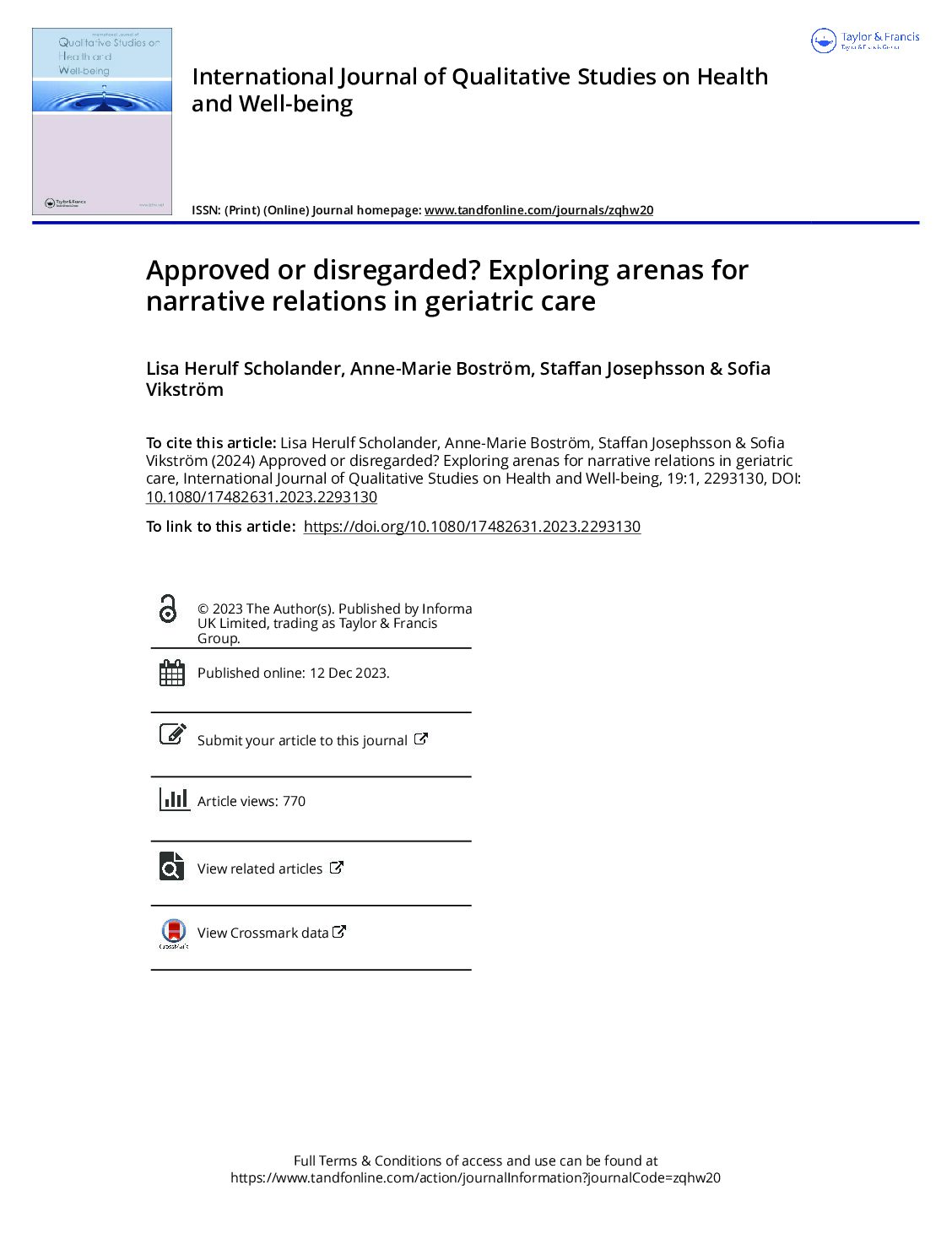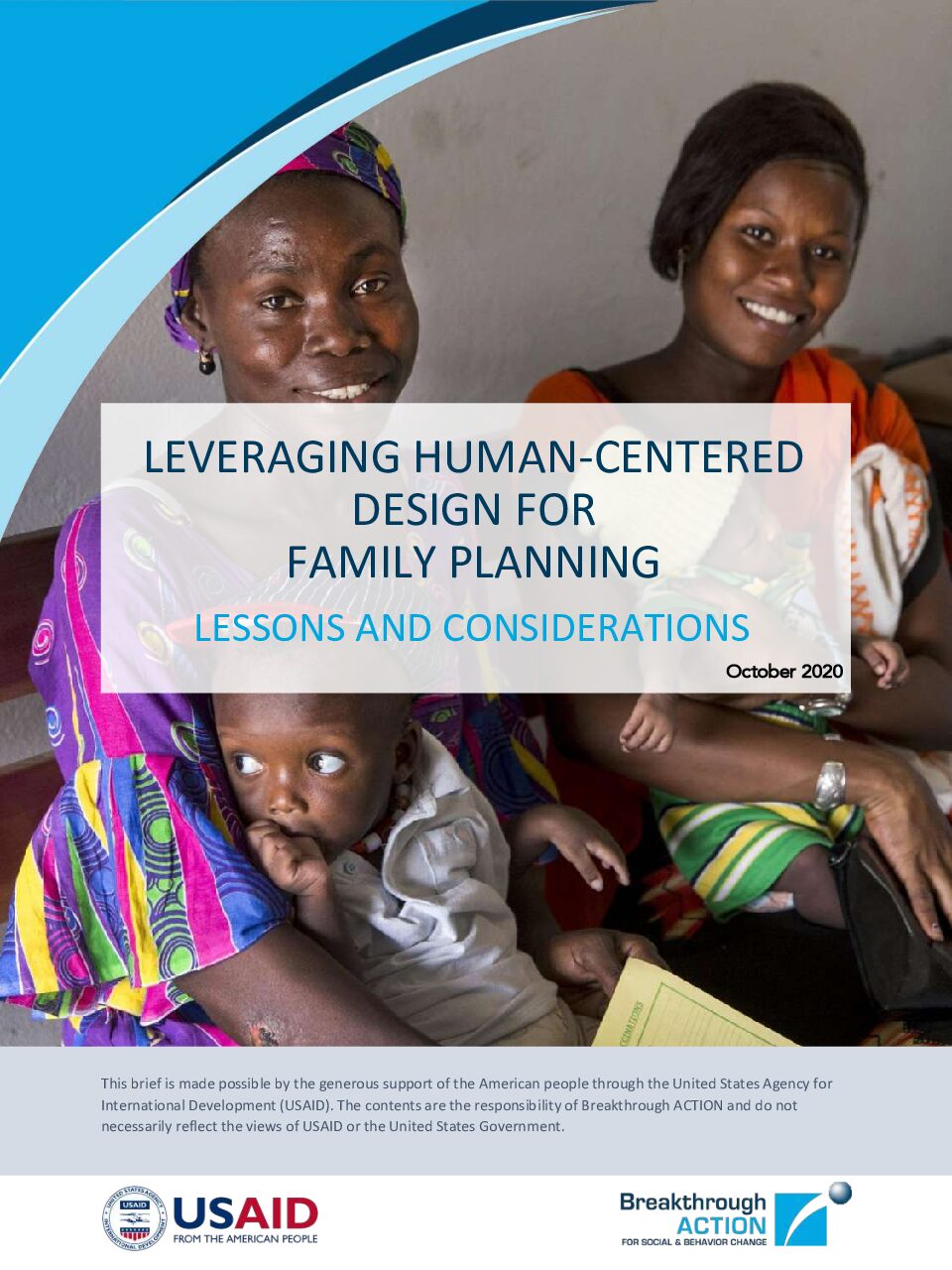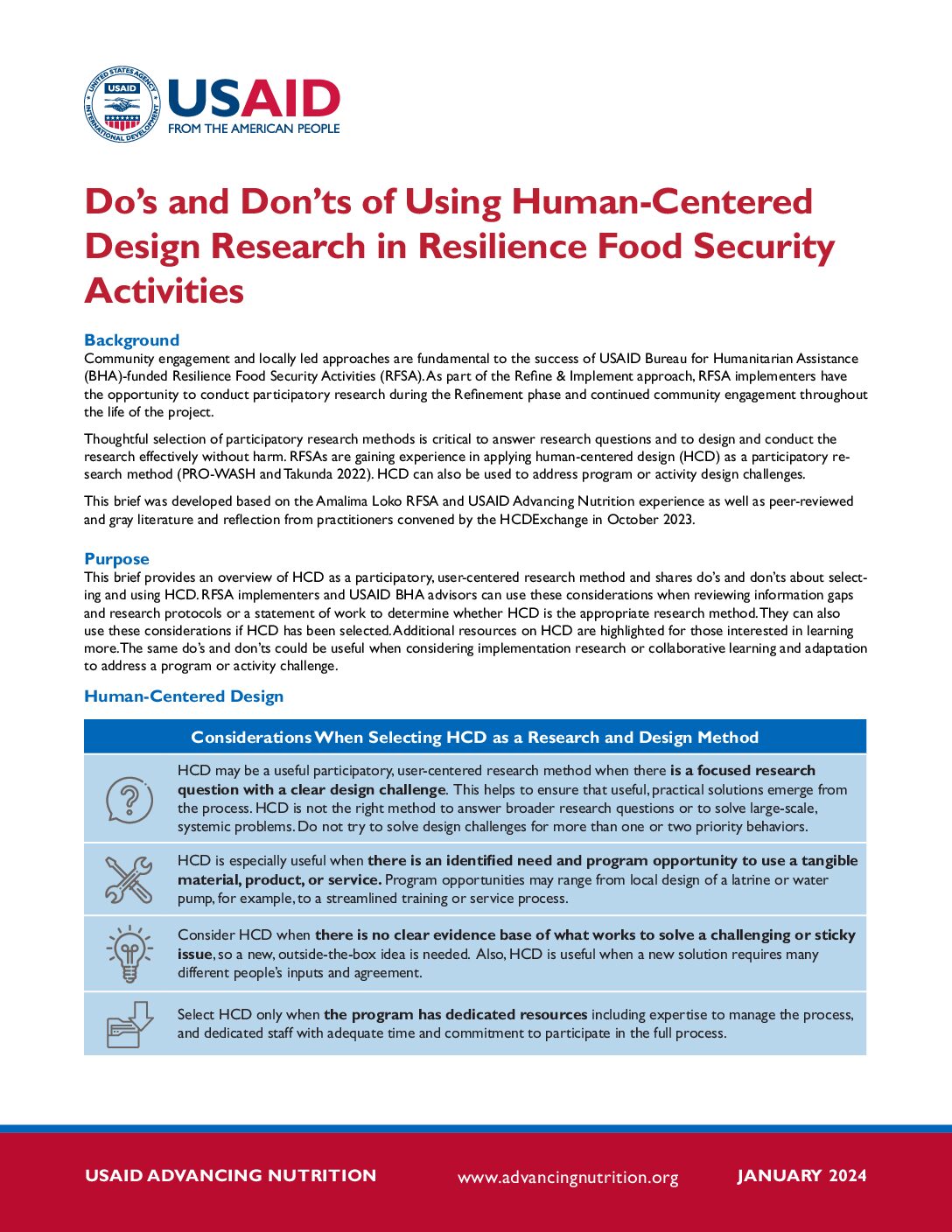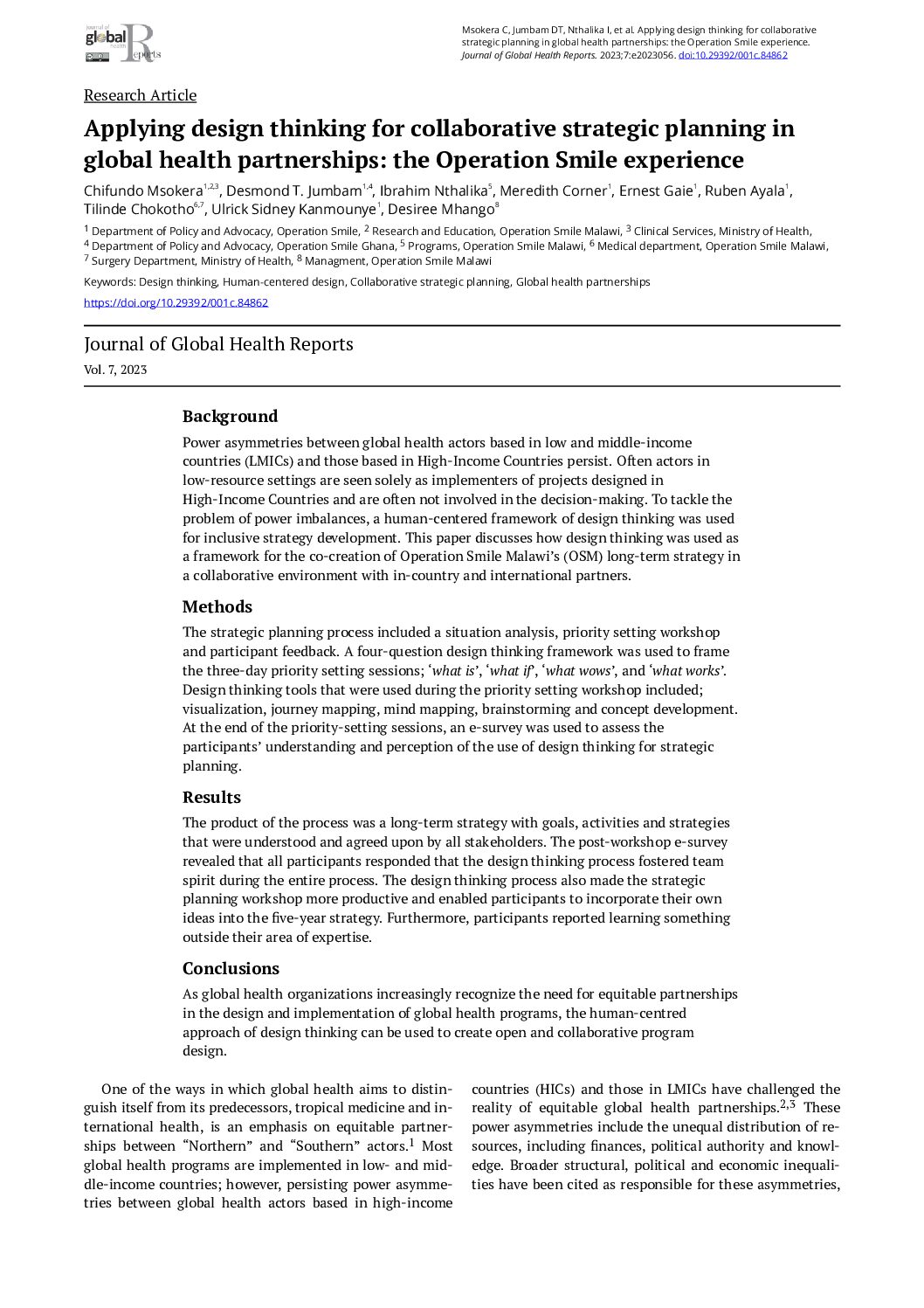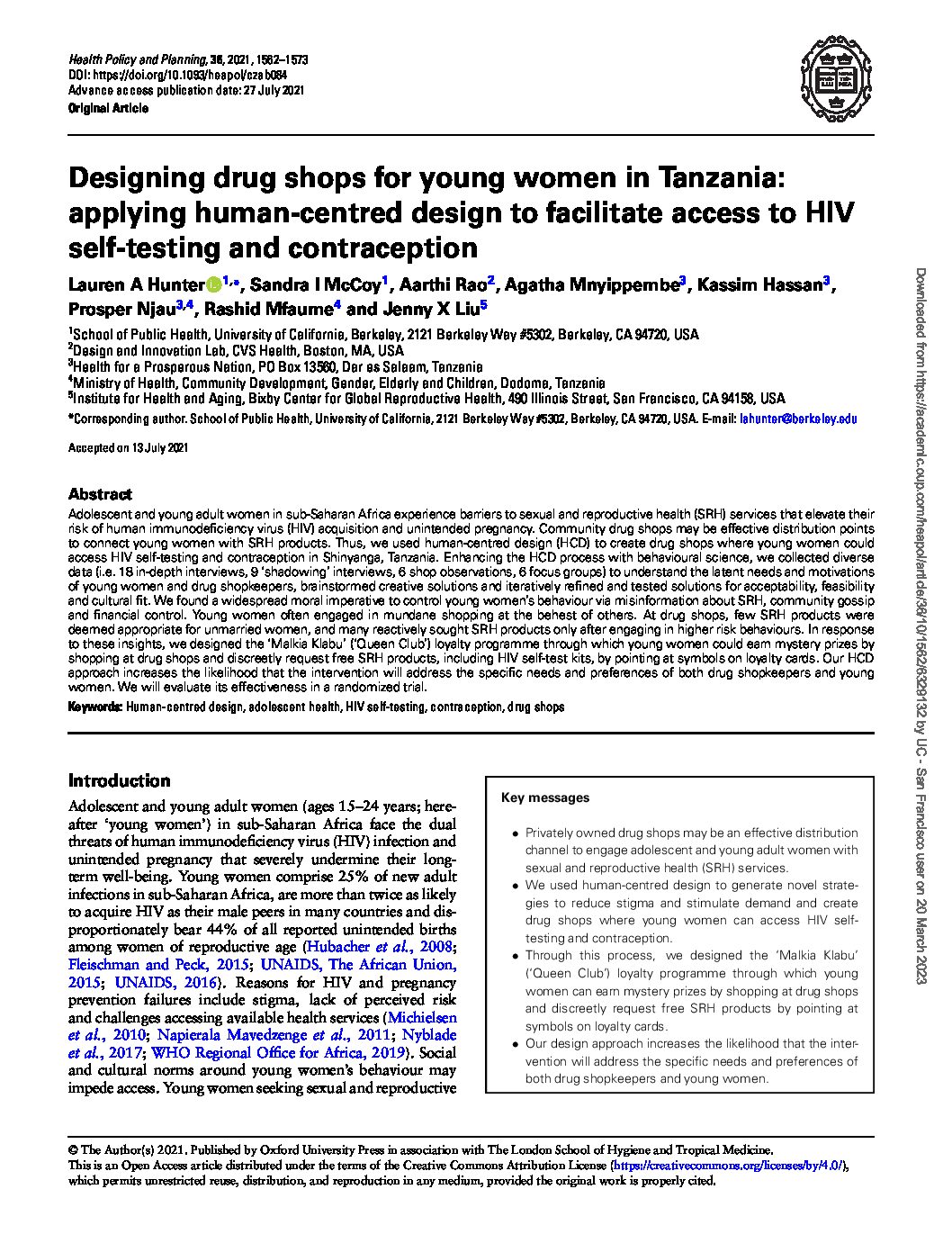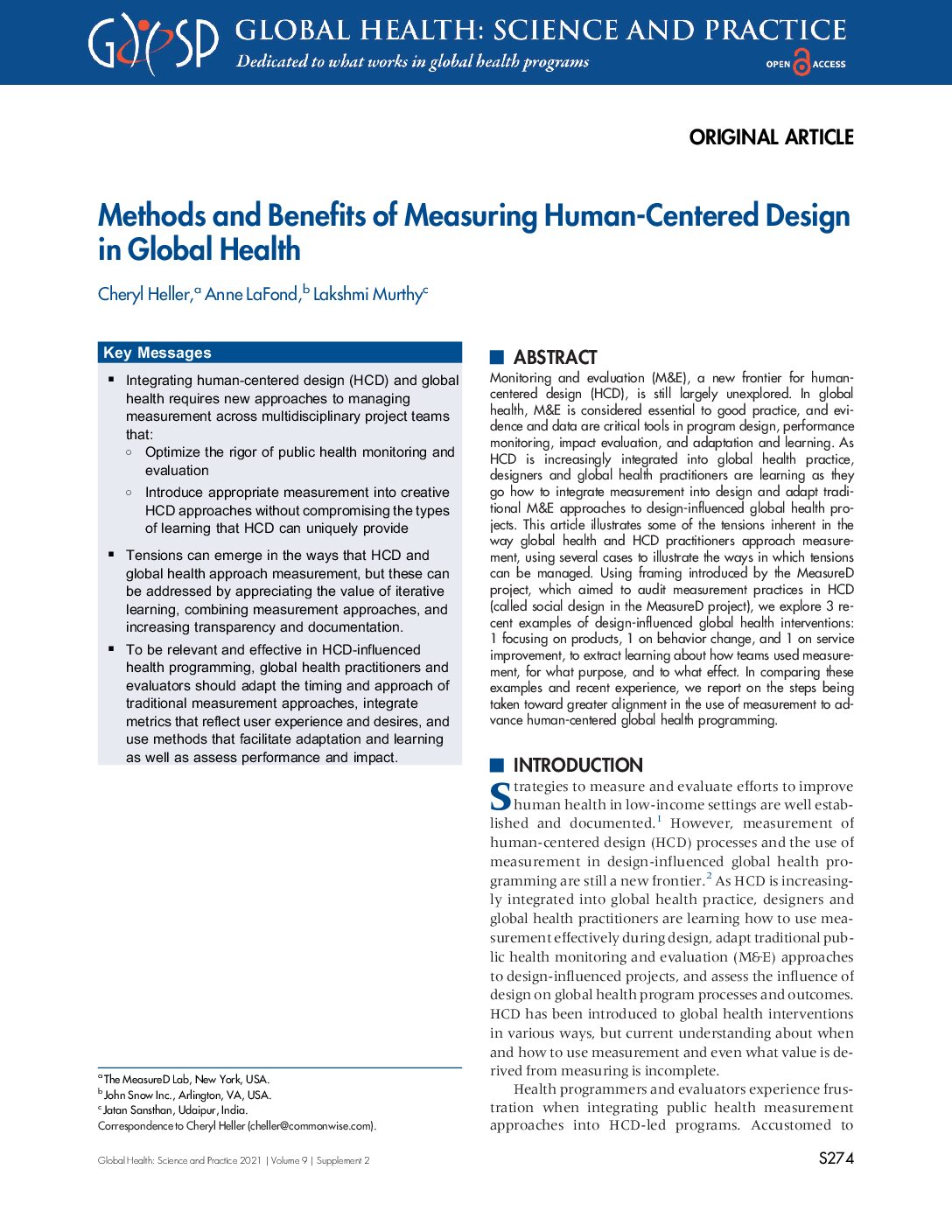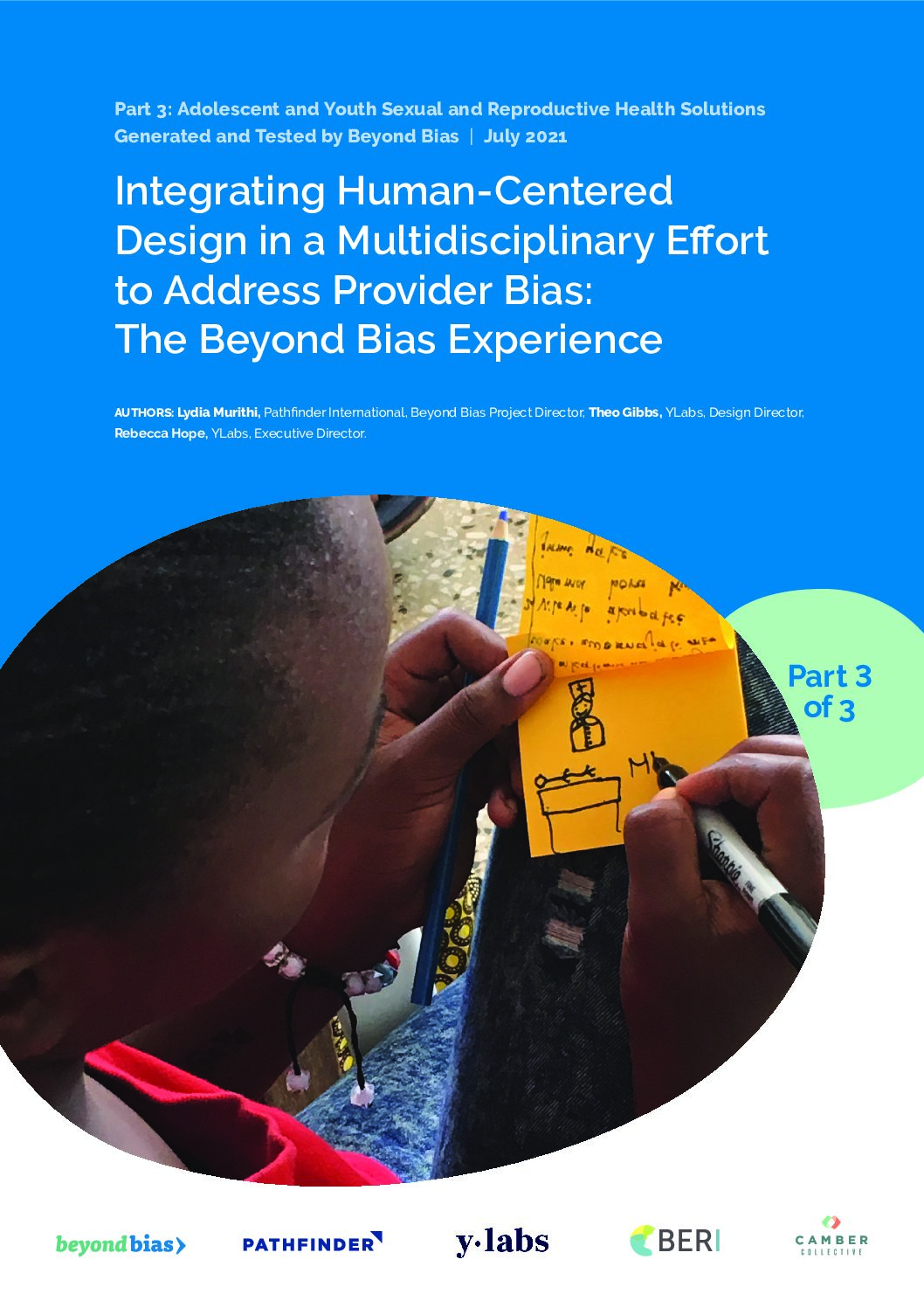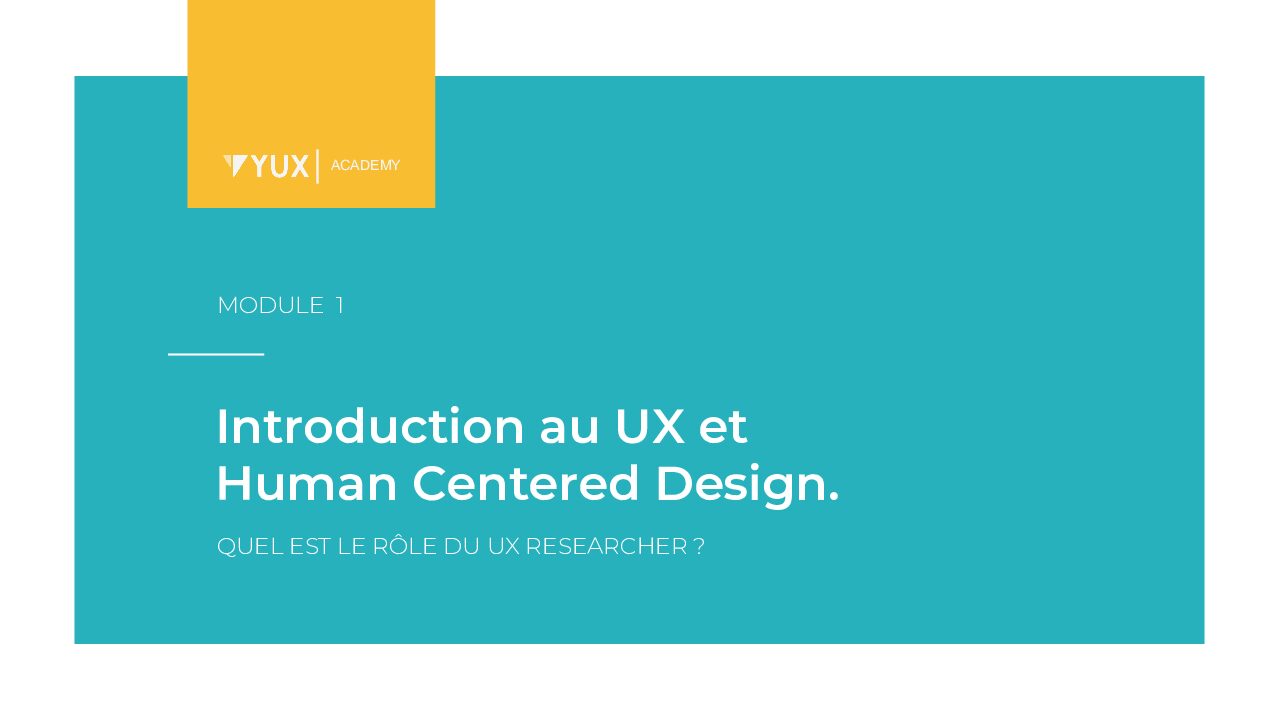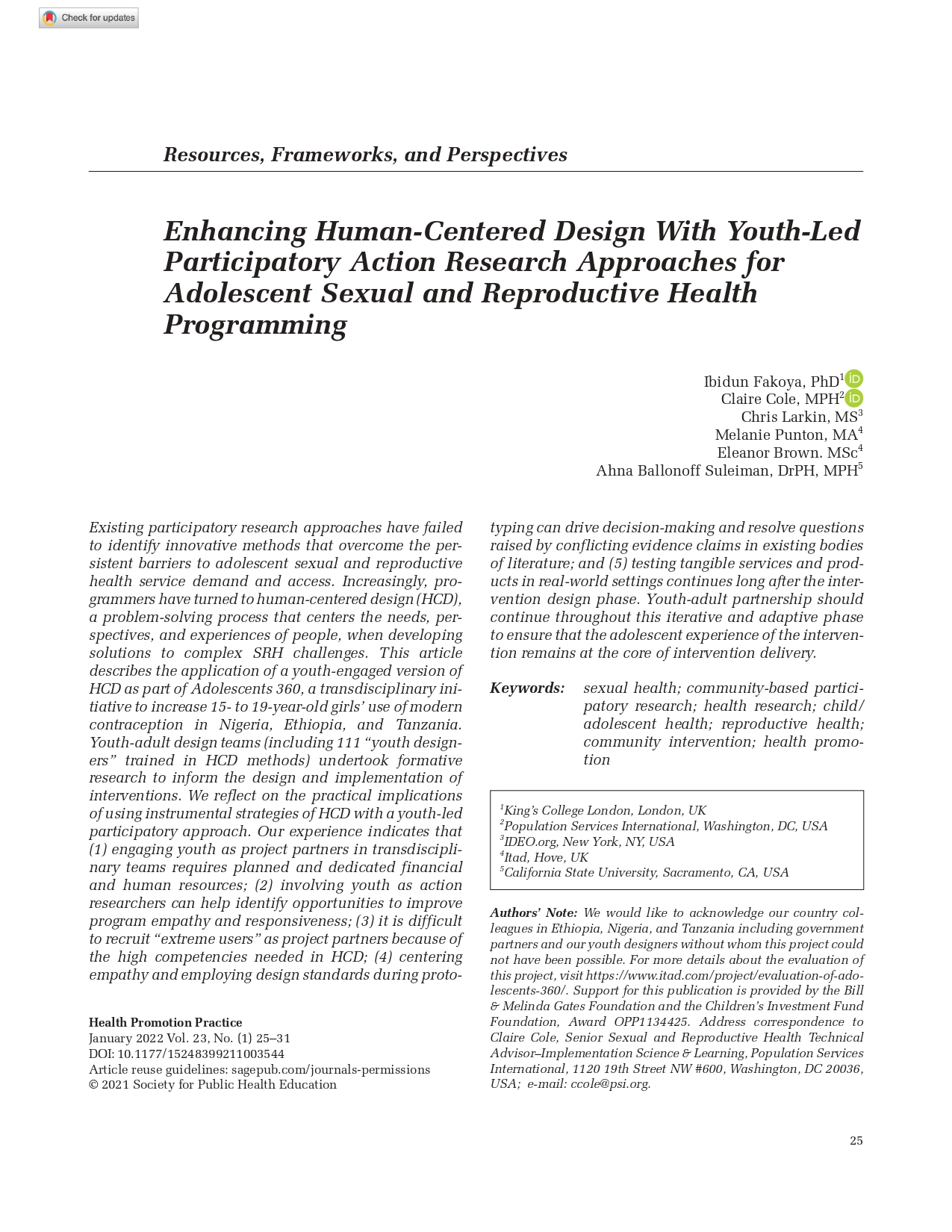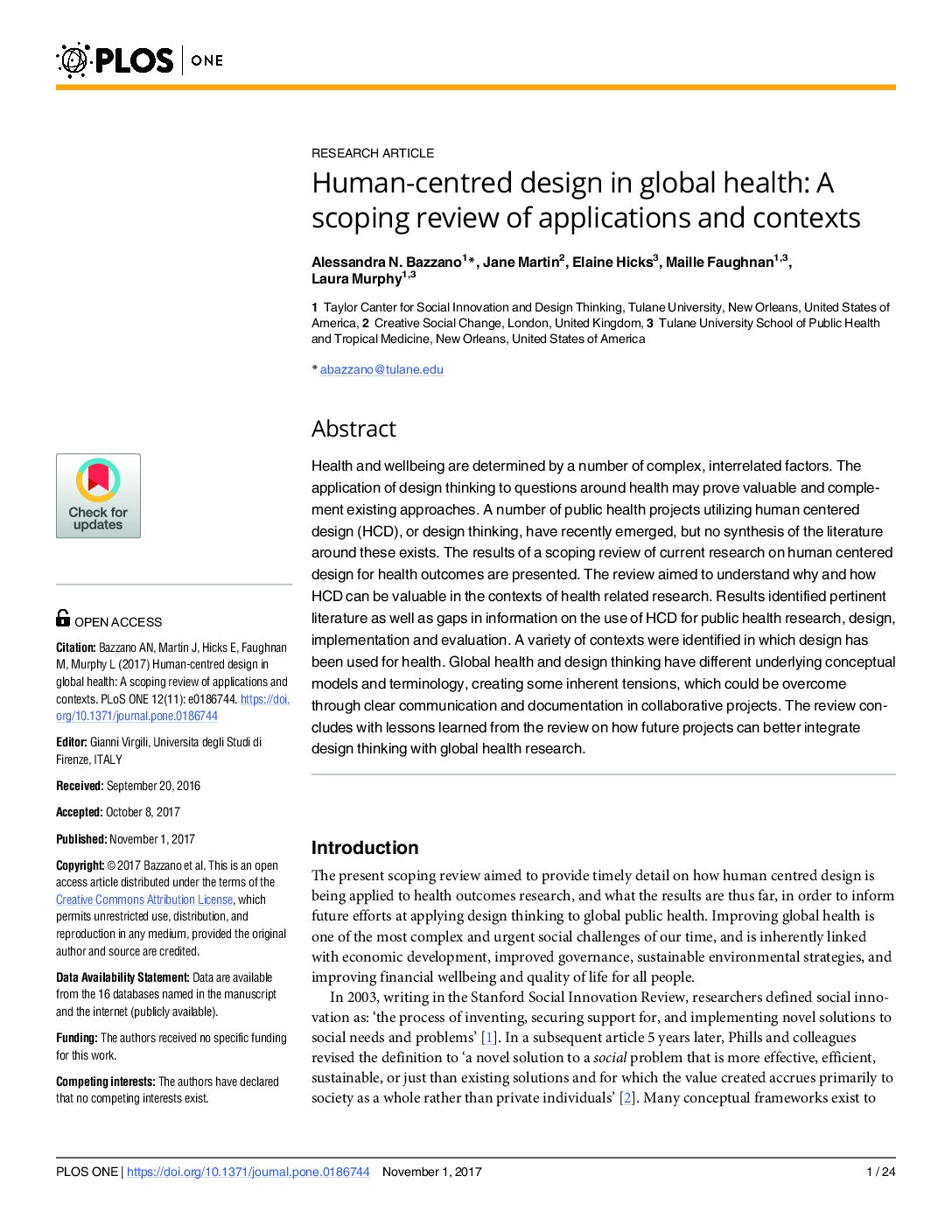Numerous health care systems are designed without consideration of user-centered design guidelines. Consequently, systems are created ad hoc, users are dissatisfied and often systems are abandoned. This is not only a waste of human resources, but economic resources as well. In order to salvage such systems, we have combined different methods from the area of computer science, cognitive science, psychology, and human–computer interaction to formulate a framework for guiding the redesign process. The paper provides a review of the different methods involved in this process and presents a life cycle of our redesign approach. Following the
description of the methods, we present a case study, which shows a successfully applied example of the use of this framework. A comparison between the original and redesigned interfaces showed improvements in system usefulness, information quality, and interface quality.
- HCDExchange
- 5
- Resource LIBRARY
- 5
- A user-centered framework for redesigning health care interfaces


A user-centered framework for redesigning health care interfaces
Publication Year: 2005
Contributing Organisation: The University of Texas
Authors: Constance M. Johnson, Todd R. Johnson, and Jiajie Zhang
Learning Themes: Global Health
Downloads: 3



